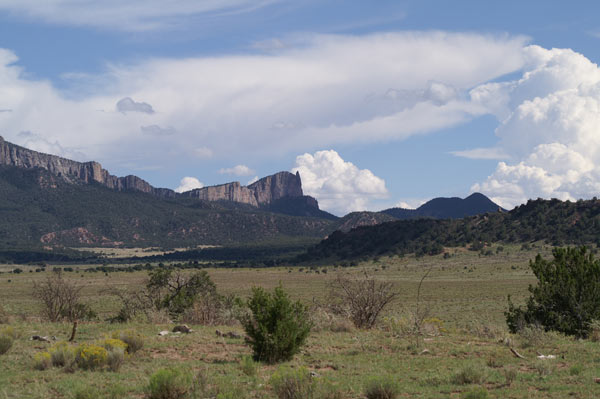Congress has decided to underfund the controversial National Animal Identification System for another year to with a meager $5.3 million. Chump change for the overspending D.C. pols, not even a rounding error when you look at the current state of federal funding. It’s just enough, I think, for them to have what’s called ‘plausible deniability’ when pro-NAIS groups come to the hill accusing them of killing the program outright.
Better to leave it to a slow, underfunded death.
Congress had pumped up NAIS with $142 million since it began in 2004. With a war chest of that size, the USDA managed to register slightly more than a third of animal premises. Last year, the USDA got $14.2 million for NAIS, but registration increased by only three percent. To hear some tell it, more than a few of those registrations were either forced or done without prior knowledge. Before anyone throws a flag on that statement, I consider requiring a 4 H’er to sign up the family farm before he or she can show an animal at a state fair to be tantamount to forced registration and an almost unforgiveable breach of trust.
Steven Wright, an oddball comic, said “I intend to live forever. So far, so good.” We can say the same thing about NAIS. It was intended to live forever and we can repeat the sardonic “So far, so good” about it but the program will ultimately die, a victim federal mishandling of the concept and a serious misread of the attitudes of small farmers. Most of them are an independent, ornery bunch happiest when the feds stay within walking distance of the Potomac.
They are scared half-to-death when they hear some variation of “I’m from the government and I’m here to help you.” They know federal help never comes without serious strings attached and trailing enough paperwork to keep them out of the fields for weeks on end.
Many of those who fought against NAIS are happy that the funding has been cut but still express concern that there are any dollars still behind it. In a surprisingly understated comment from the usually fire-breathing Bill Bullard, CEO of R-CALF, he said, “We’re disappointed with the decision.”
I think we can safely assume, though, that he will still go after the remnants of the program with hammer and tong, bayoneted rifle, nail-studded club and finally, knife and fork. Unless the USDA can pull off some last-second Hail Mary play, there will be a celebratory barbecue in downtown Billings, Montana.
Bottom line: Regardless of the original intent, when the vast majority of the people affected by NAIS replied all too often with a resounding ‘Hell, no,’ it’s time for it to go away.
Chuck Jolley is a free lance writer, based in Kansas City, who covers a wide range of ag industry topics for Cattlenetwork.com and Agnetwork.com.
Comments? CRJolley@msn.com


 Tuesday, September 1, 2009 at 11:31PM
Tuesday, September 1, 2009 at 11:31PM
 ~~~~~~~~~~~~~~~~~~~~~~~~~~~~~~~~~~~~~~~~~~~~~~~
~~~~~~~~~~~~~~~~~~~~~~~~~~~~~~~~~~~~~~~~~~~~~~~


